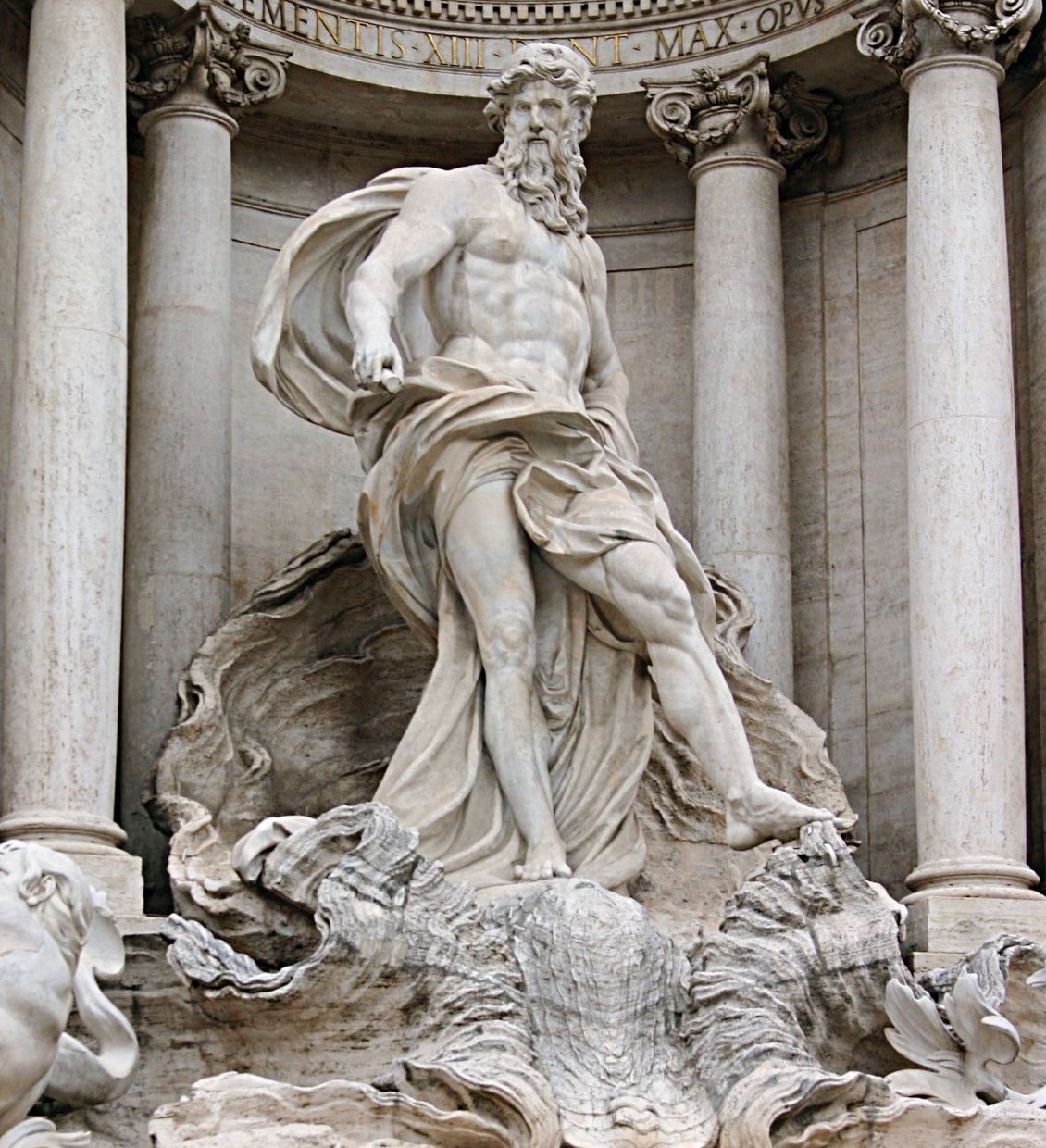What’s one thing every male identifying superhero has in common? No, not superpowers, it is muscles! In nearly every Hollywood movie it is always the big muscular superhero who is dependable, strong, and saves the day. Perfectly groomed male bodies dominate the ads and movies of Hollywood. But what about ordinary male bodies, the bodies without muscles for days? Are they simply not ‘masculine’ enough? Or have we built a society in which a man’s (cis or other’s) worth is determined by his likeness to a Michelangelo sculpture?
Masculinity often comes with the visual of an arm held at a right angle, and a rippling bicep on show. However, this constant imagery surrounding the ideal male body is simply not realistic! The physical attributes that have become popular in defining the ideal male body, pushed forward by Hollywood, fashion shows and endless gym photos on Instagram, is a toxic influence. It is often difficult to hinder comparisons between oneself and these seemingly perfect definitions of manliness leading to issues in self-esteem.
These comparisions result in an obsessive need to attain these physical attributes: to gain confidence and security in oneself. Muscle dysmorphia is the belief that one is too skinny, too lean, and not muscular enough. This eating disorder like all others can overtake one’s life, feeding both mental and physical health issues like depression and anxiety. This can be further worsened by changes such as entering university; a completely foreign atmosphere that pushes you to become more independent whilst surrounded by new people. The already-terrifying process, is worsened as it becomes difficult to grow and enjoy your time when you’re plagued with thoughts of not being good enough, and not fitting into the archetype of your gender identity.
Sadly, male body image issues are not often voiced aloud. There exists a large gap between the female body positivity movement and its male counterpart. The destructive nature of a ‘deal with it’ and ‘be a man’ perspective has prevented the growth of this movement and so further increased the need to be Mr Muscle. Moreover, plus size women are not new in society, in fact, many eras in history, the renaissance for instance idolised bigger and curvier women. However, the physical beauty standards for male bodies have always been shifted between: either a lean or a muscular body; with today’s age idolising the muscular figure.
Here are a few starting points to pursue inorder to reduce the portrayal of the Mr Muscle image as the norm for male bodies:
- Talk about it: don’t be shy to talk to your friends/ colleagues -be open to sharing your ideas and feelings.
- Challenge the internal ideologies you may have on how you should look.
- Understand that although as realistic as it may seem, – social media is not always reality; you do not need to be at the gym lifting weights every day unless that is something you truly enjoy!
- Do not be afraid of being vulnerable, remember self-growth happens when you open up to yourself.
- Understand that masculinity does not equate to muscle mass. It can be defined as per the individual
These notions and ideals are not the reality and most definitely not the law! They are not needed to be followed and used as a measurement to judge the value of a man or others with a male body. At the wake of the successful female body positivity movement, the male body positivity movement will rise; these conversations will be held more and more often! Stars like Robert Pattison are bringing attention to the pressures on men and those with a male body. Pattison has stated that he is not keeping to the fitness routine required of him as he prepared to play the role of Batman because he does not want to ‘set a precedent’.
The ideology that a strong, ‘masculine’ and brave superhero needs to have muscles to represent his ‘masculinity’ is simply false representation!
Image: james-lee-via-unsplash

